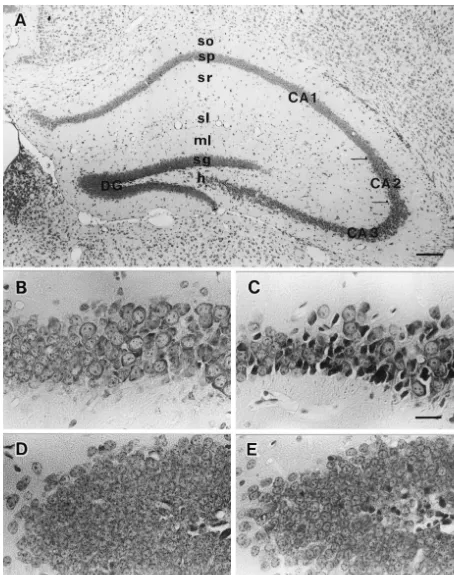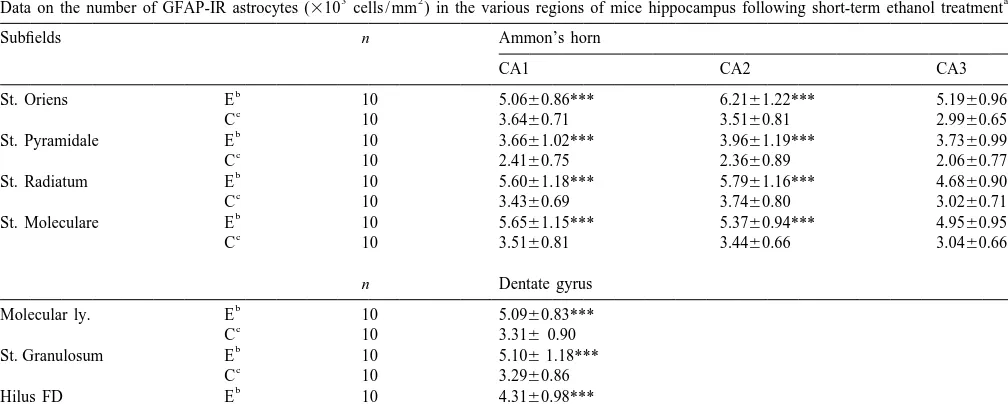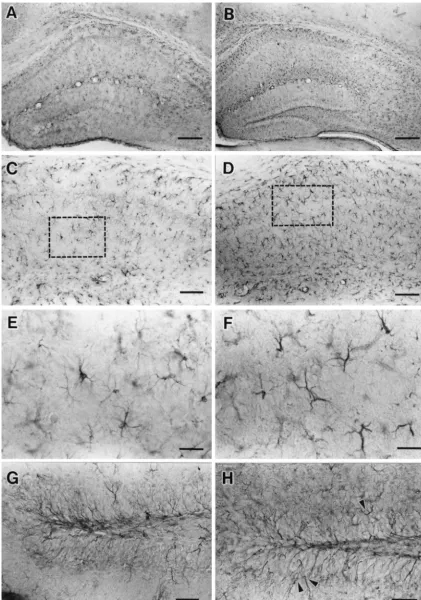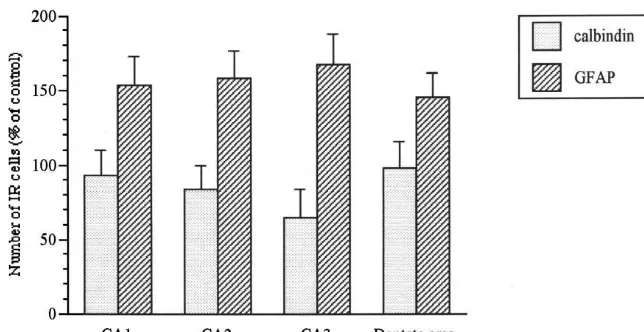Directory UMM :Data Elmu:jurnal:B:Brain Research:Vol879.Issue1-2.2000:
Teks penuh
Gambar




Dokumen terkait
We have observed that (1) ¯ow can drop substantially following the formation of an upstream queue; (2) the discharge ¯ows in active bottlenecks exhibit near-stationary patterns
The finding that the estimate on an associate’s degree does not decrease while the estimates on the other credentials do decrease with the inclusion of ability is consistent with
This paper presents quantitative estimates of the effects of technological change and changes in sectoral employment on skill composition in the United Kingdom for six skill groups,
In the absence of pollution haven and three-country effects that reverse natural comparative advantage, environmental taxes decrease (increase) the volume of trade between any
However, when the stabili- cat PG superfused in vitro produces a specific activation of ty of recordings allowed the exposure of the cell to a those neurons projecting through
ing the behavioral differences between adults and adoles- The apparent lack of effect of adolescent nicotine cents given nicotine, it should be emphasized that whereas exposure on
As shown previously in this lab, 2 g / kg group difference between the Grid 1 and Grid 2 sub- ethanol is a sub-threshold dose for conditioning place groups, mice receiving ethanol
In the caudate, two-factor ANOVA indicates no age-dependent difference for the increase of dopamine turnover after MDMA (no interaction of treatment 3 age) but the decrease in
